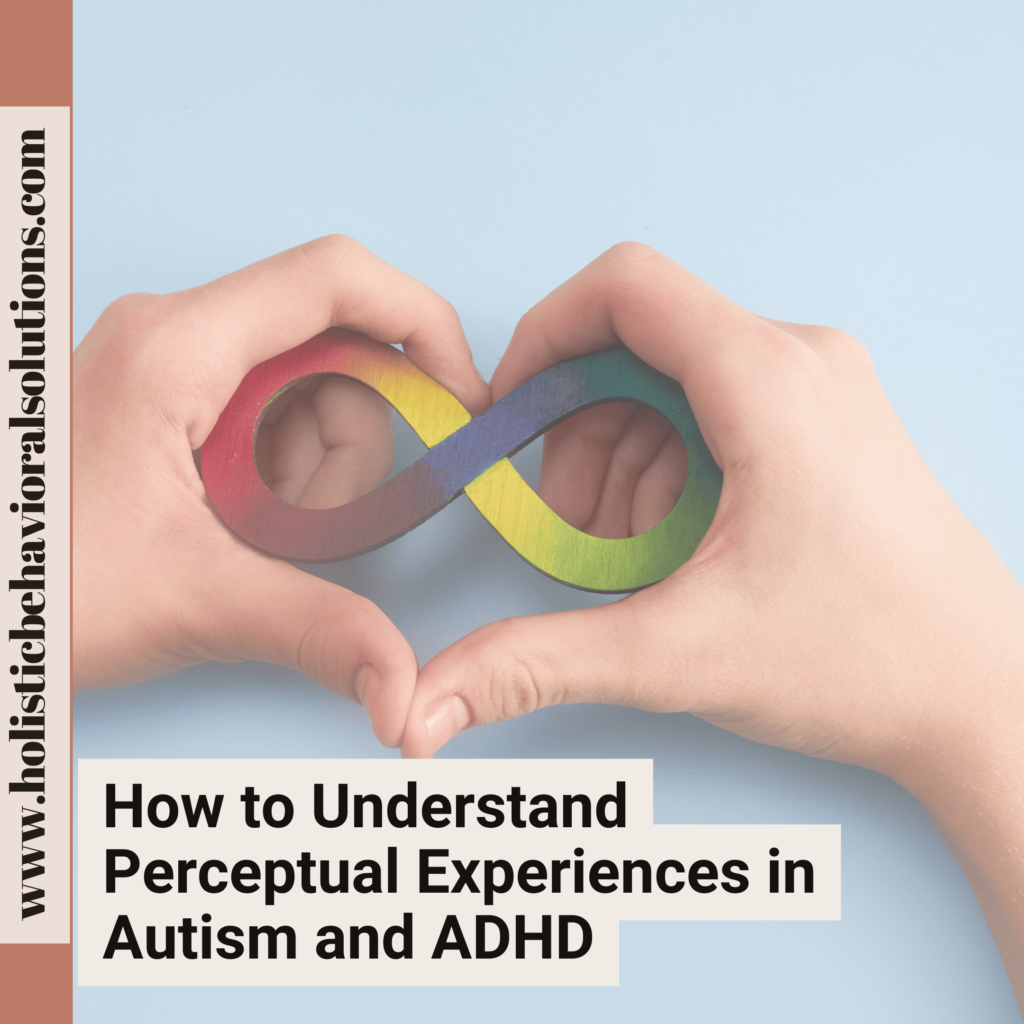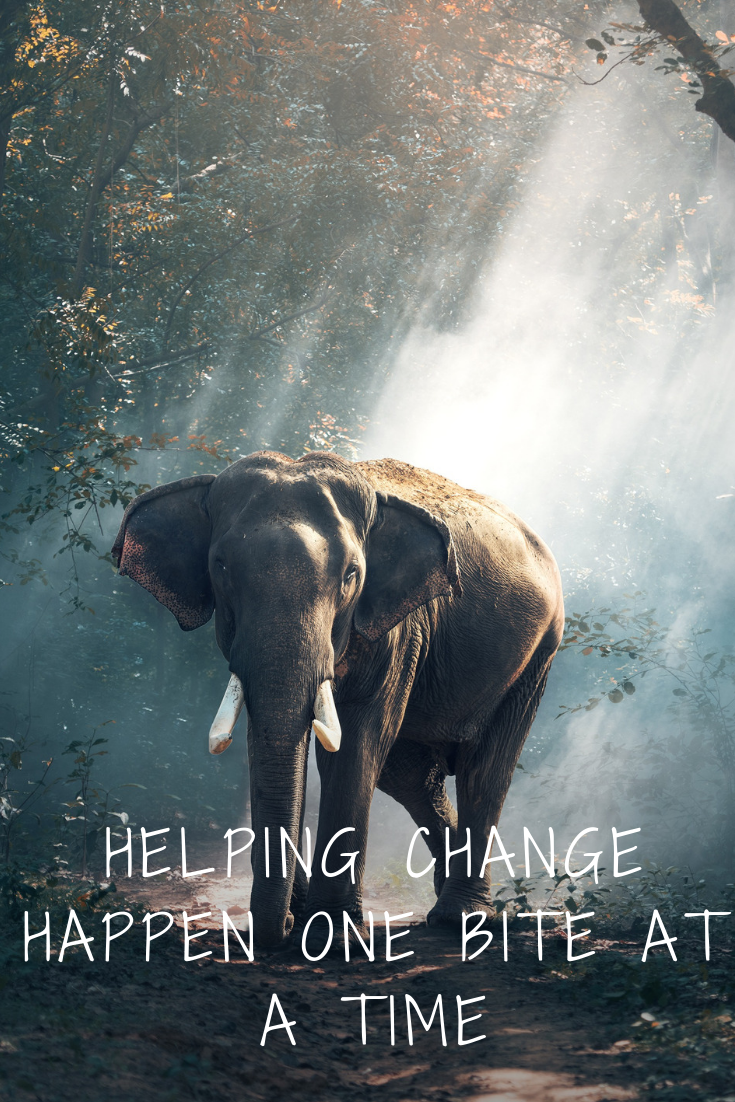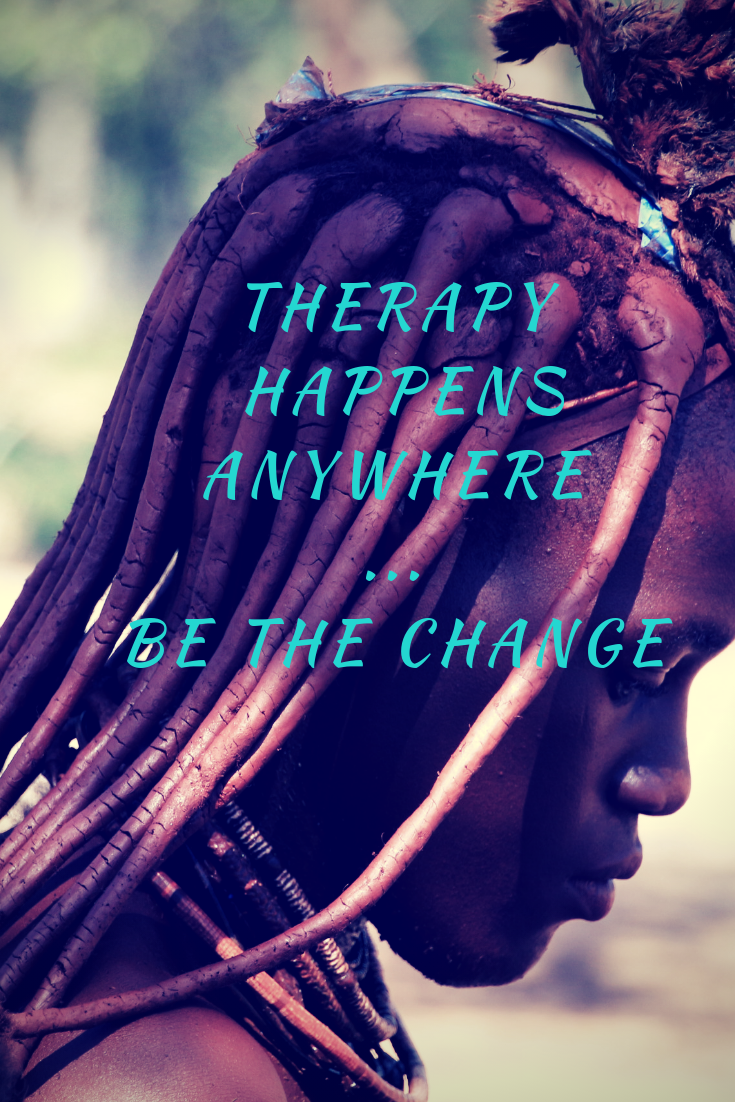
Our ability to interpret and respond to the world around us is shaped by our unique neurological makeup. While much of psychology has focused on broad cognitive processes, emerging research dives deeper into how neurodivergent individuals—including those with autism and ADHD—experience their sensory environments compared to neurotypical individuals. A recent UK-based study brings these differences into sharper focus, emphasizing the perceptual capacity (PC) that defines how we engage with daily life.
What Is Perceptual Capacity—and Why Does It Matter?
Perceptual capacity refers to how much sensory and cognitive input an individual can handle at once. Understanding this capacity helps explain why some people thrive in sensory-rich environments while others feel overwhelmed. For autistic individuals and those with attentional deficits, this balance can be both a strength and a challenge. I like to call it the “Goldilocks Spot.”
Explore related research: Increased Perceptual Capacity in Autism
Inside the Study: Four Neurotypes, One Common Goal
Researchers gathered data through an online survey involving UK adults from four groups:
- Individuals with autism
- Individuals with ADHD
- Participants with both autism and ADHD
- Neurotypical individuals
The goal? To examine how people process sensory information, navigate distractions, and develop coping strategies in everyday life.
Shared Strength: The Power of Hyperfocus
Across all neurotypes, participants reported experiencing deep, sustained focus when engaged in personally meaningful tasks. While often attributed to ADHD or autism, this research confirms that hyperfocus is a universal trait—one that may occur more frequently or intensely among neurodivergent individuals.
Interested in focus and productivity tips? Read our post on attention and executive function
The Sensory Storm: How Neurodivergent Brains Process Input
Neurodivergent participants described a more intense sensory world—often feeling bombarded by external stimuli.
- Autistic individuals reported heightened awareness of multiple sensory streams, contributing to sensory overload and emotional fatigue.
- ADHD participants described difficulty in filtering sensory input, struggling to prioritize attention and manage distractions—an executive function challenge.
This suggests that while both groups experience sensory overload, the mechanisms behind it differ, reinforcing the need for individualized support.
Learn more: ADHD, Autism, and Executive Function
Real-Life Validation: The Ecological Relevance of Increased PC in Autism
While previous lab studies hinted at enhanced sensory perception in autistic individuals, this research adds ecological validity—proving that such traits affect everyday life. Many on the spectrum experience a more vivid and layered sensory world, which can fuel unique perceptual strengths as well as challenges with regulation.
Overlapping Experiences: Beyond Diagnostic Boundaries
Interestingly, shared experiences of sensory overload and coping strategies among participants suggest that increased perceptual awareness may not be exclusive to autism. This reinforces the importance of understanding perceptual diversity across neurodivergent identities, rather than through a narrow diagnostic lens.
Related topic: The Neurodivergent Spectrum and Holistic Support
Building Better Support Systems
A key takeaway: sensory and attentional support strategies must be tailored. Some ideas include:
- Low-stimulation environments for those with sensory sensitivities
- Visual cues and task prioritization tools for individuals with ADHD
- Collaborative intervention planning that includes neurodivergent voices
Get tools that work for your unique needs—from supplements to sensory aids, our Holistic Store offers wellness products designed to support mind-body balance.
Why Lived Experience Matters in Intervention Design
Despite the insights offered by this study, researchers noted that neurodivergent individuals were rarely included in developing psychoeducational tools. This gap must be closed. Effective support strategies should be co-designed with those who live the experience, ensuring that resources are both respectful and relevant.
Moving Toward a Unified Understanding of Perception
Before we can fully personalize interventions, the field must agree on a shared definition of perceptual capacity. Creating consensus will help shape neuro-affirming approaches that celebrate sensory strengths while addressing challenges.
Our Conclusion: Reframing Sensory Differences as Strengths
This UK study pushes us to rethink how we view perception in autism and ADHD. By highlighting lived experiences and perceptual strengths, we move beyond a deficit-based narrative and toward one of inclusion, empathy, and empowerment.
Let’s honor neurodiversity not just in diagnosis—but in design, strategy, and daily life.
Boost Mind-Body Connection from the Inside Out
Understanding perception is essential—but supporting it holistically is just as important. At the Holistic Store, we offer natural supplements and wellness tools that support emotional balance, cognitive clarity, and resilience. Discover what works best for your neurotype and enhance your daily well-being.

